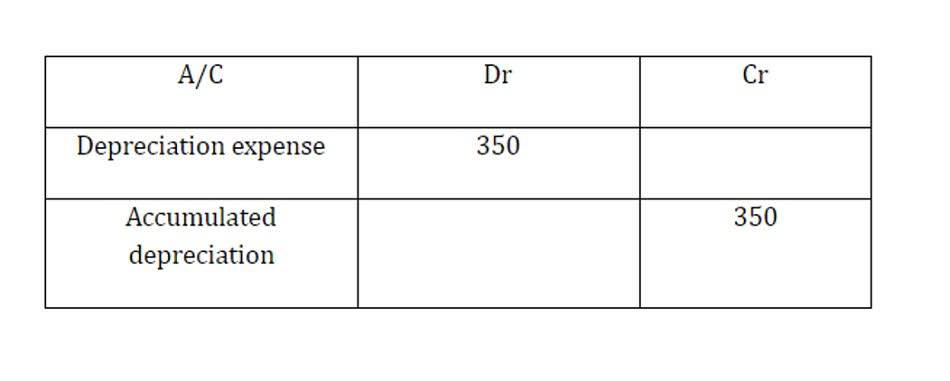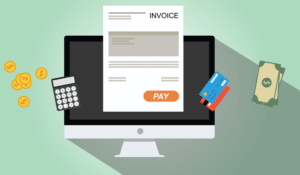
For a bit of challenge, study the examples above and try to determine what specific items were affected under each element and why they increased or decreased. If you find it difficult, you may refer back to the explanation in the previous lesson. For another example, consider the balance sheet for Apple, Inc., as published in the company’s quarterly report on July 28, 2021. Some terminology may vary depending on the type of entity structure. “Members’ capital” is used in partnerships and “owners’ capital” in sole proprietorships; “distributions” and “withdrawals” replace “dividends.” Double Entry Bookkeeping is here to provide you with free online information to help you learn and understand bookkeeping and introductory accounting.
- The expanded equation also tracks changes in equity due to owner transactions, such as dividends or stock issuances.
- Regardless of the form of business, the expanded accounting equation provides insight into two important aspects of operations – revenue and owner transactions.
- The equation highlights the balance in financial reporting, meaning equality must be maintained for every transaction.
- The accounts may receive numbers using the system presented in Table 3.2.
- As you can see with this example, the basic accounting equation remains balanced although we’ve split the stockholders’ equity into its components.
- The balance of the owner’s equity and liabilities with the assets which shows the two views of the same business.
Example of the Expanded Accounting Equation

Equipment examples include desks, chairs, and computers; anything that has a long-term accounting equation expanded value to the business that is used in the office. You will learn more about this topic in Chapter 3, and Accounting, Business and Society. Cash includes paper currency as well as coins, cheques, bank accounts, PayPal accounts.
How to Find Net Revenue for Your Business

Stockholder’s equity is reported on the balance sheet in the form of contributed capital (common stock) Financial Forecasting For Startups and retained earnings. The balance sheet is a reflection of the basic accounting equation. One side represents the assets of the business (buildings, inventory, vehicles etc), and the other side represents how those assets are funded (capital, retained earnings, loans, supplier credit etc.). Notice that owners equity includes amounts invested by the owners (capital) and profits of the business which have been retained. It should be noted that for a corporation owners equity would be replaced by stockholders equity.

How Revenues and Expenses Fit In
The balance sheet is a formal presentation of the accounting equation. The three primary components of the balance sheet are assets, liabilities, and stockholders’ equity. This equation can be expanded to show that https://www.slagerijaarse.nl/the-completed-contract-method-of-accounting-in/ stockholders’ equity is equal to contributed capital plus retained earnings, and that net income is equal to revenues less expenses. Double-entry accounting is currently the most widely used accounting concept. It involves recording transactions by debiting one or more accounts and simultaneously crediting one or more accounts. All transactions must include a corresponding and opposite record in two or more accounts.
Understanding the Expanded Accounting Equation
- As a result, the total amount of debits in the accounts will be equal to the total amount of credits in the accounts.
- Notice that owners equity includes amounts invested by the owners (capital) and profits of the business which have been retained.
- Insurance, for example, is usuallypurchased for more than one month at a time (six months typically).The company does not use all six months of the insurance at once,it uses it one month at a time.
- As seen in the example above, the net result of the expanded accounting equation is such that the corporation’s assets are equal to the net impact of stockholder equity, liabilities, and net earnings.
The totals indicate that ASC has assets of $9,900 and the source of those assets is the owner of the company. You can also conclude that the company has assets or resources of $9,900 and the only claim against those resources is the owner’s claim. It is easy to see that an additional investment by the owner will directly increase the owner’s equity. Similarly, a withdrawal of money by the owner for personal use will decrease the amount of owner’s equity. Examples of supplies (office supplies) include pens, paper, and pencils.

- The equation states that the total assets of a business must equal the total liabilities plus the owners equity in the business.
- If accountants want to ensure the balance sheet accounts are accurate, they can use the accounting equation and perform a high-level analysis.
- The expanded accounting equation allows us to identify the impact on the owner’s equity in detail.
- You would then debit assets by $5 million to reflect an increase in cash on the balance sheet (more on the balance sheet momentarily).
- This provides a more granular view of financial performance and changes in equity.
There are two sources for those assets—the creditors provided $7,000 of assets, and the owner of the company provided $9,900. You can also interpret the accounting equation to say that the company has assets of $16,900 and the lenders have a claim of $7,000 and the owner has a residual claim for the remainder. A notes payable is similar to accounts payable in that the company owes money and has not yet paid. Recall that the basic components of even the simplest accounting system are accounts and a general ledger.
